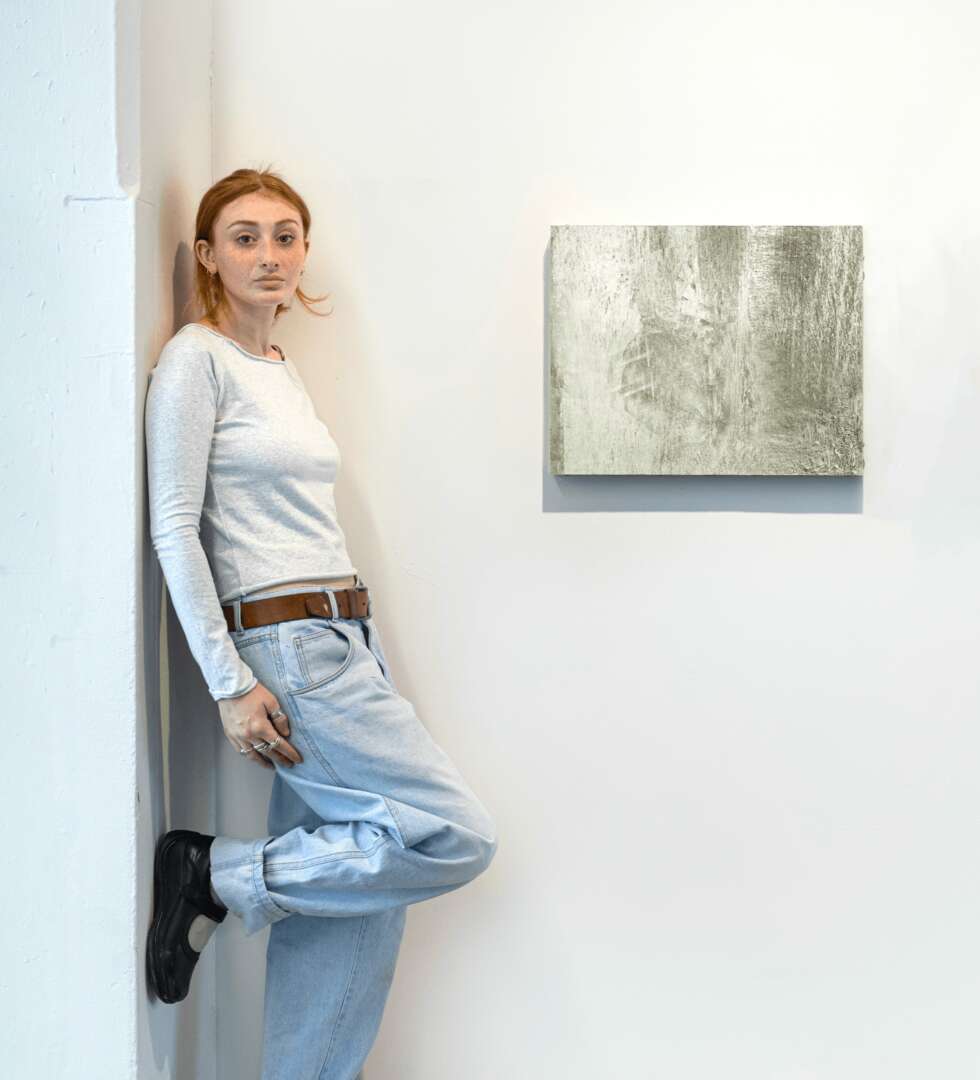We were lucky to catch up with Imogen Aukland recently and have shared our conversation below.
Imogen , thanks for joining us, excited to have you contributing your stories and insights. We’d love to hear about a project that you’ve worked on that’s meant a lot to you.
My most recent body of work, which was made for my MFA thesis show at Pratt this spring, has felt like an important step in my practice. For the past few years I’ve been exploring different forms of collage, and just recently began combining both digital and handmade processes. I tend to pull from different kinds of archival imagery in my work, and somewhere along the line, I began to think about my own previous works as a form of archive. For this body of work, I chose to create a series of pieces out of a single collage. One of my handmade collages was scanned and digitally manipulated to produce a series of connected works. This series really helped me to think through a dichotomy between the digital and the physical.
I’m always thinking about what it means to use or reuse material; to claim some ownership over it or to change its definition. Collage is sort of a tricky medium because a lot of the time you’re essentially making something new out of something that has already had a previous life. An image or a pattern is taken out from its initial context and given a new one. If you use a piece of newspaper in a collage, you’re working with text that somebody else wrote and an image that somebody else took. In your manipulation of material, through collage, you redefine it. In this series, I extend that process to my own work. I am considering how to re-contextualize and manipulate imagery of my own. How can something with a past life be redefined? This series gives old work new life, and ultimately it allows me to use collage as a source material for collage. Sometimes, a project feels really special, like it answers a lot of questions, or ties up some kind of loose ends. This project did that for me in a lot of ways. It felt like work I had been coming to over the course of a couple of years, like something I could build towards. In a lot of ways it felt like an end and a beginning.
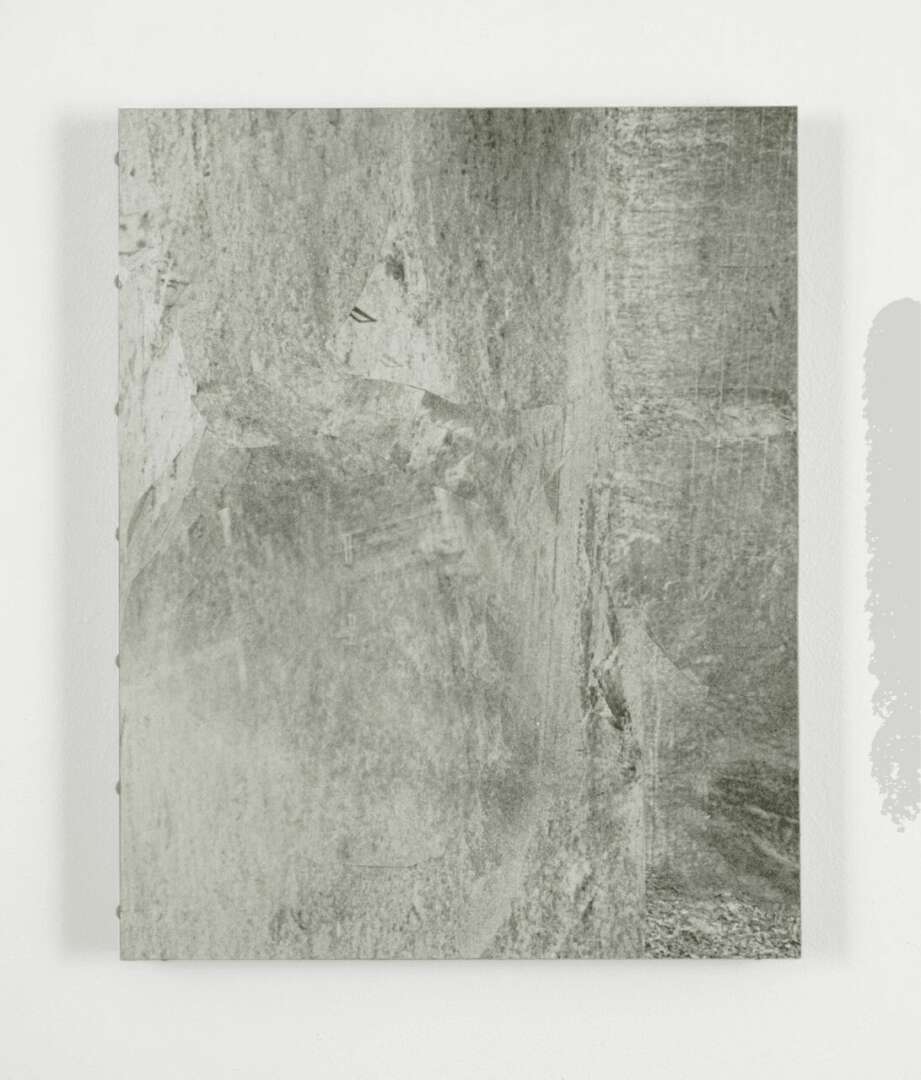
Imogen , love having you share your insights with us. Before we ask you more questions, maybe you can take a moment to introduce yourself to our readers who might have missed our earlier conversations?
It’s hard for me to say exactly what my start was in art. I always remember having had some kind of expectation or hope that I would become an artist. I’ve loved making art since childhood, and am lucky to have an artistic family. For a while I thought that being an artist was something that I wanted to do, but couldn’t. There’s a lot of uncertainty in it. I knew that I’d find ways to keep making art, but wasn’t sure that I’d be able to focus on it. I think I reached a point where I felt like I had to try to, and I’ve had some special mentors who made taking that step feel more doable. When I was in college, my printmaking professor gifted me a small handmade box with part of a poem printed inside. It was by Emily Dickinson, and it read, “not knowing when the dawn will come, I open every door,” I really like that and I think about it a lot. I still keep it on my dresser. Artists are persistent and curious, and have to embrace uncertainty.
Right now my practice tackles a lot of in-betweens. I just graduated from an MFA program, and have been making work that explores a divide between digital and handmade, and also the relationships between mediums. I think a lot about ambiguity in my work – how my pieces create uncertain terrain, colors and, sometimes, text that can be challenging to the viewer to understand on a first glance. In this work, an ambiguous surface can be read and understood in different, but not necessarily contradictory ways – it can be seen as an imagined space or maybe as information. What might be seen as land, sky, or water could very well also be read as a kind of map, or as an image magnified under a microscope. I like that aspect of subjectivity. These ideas have had me looking at a lot of different forms of visual information like X-Rays, weather maps, and different kinds of satellite images. I’m interested in how things like color and value can become data. My friend gave me a copy of her color-coded work schedule, which I pinned up in my studio. It makes me think about how we perceive images of information, which has so much to do with how we understand the world around us.
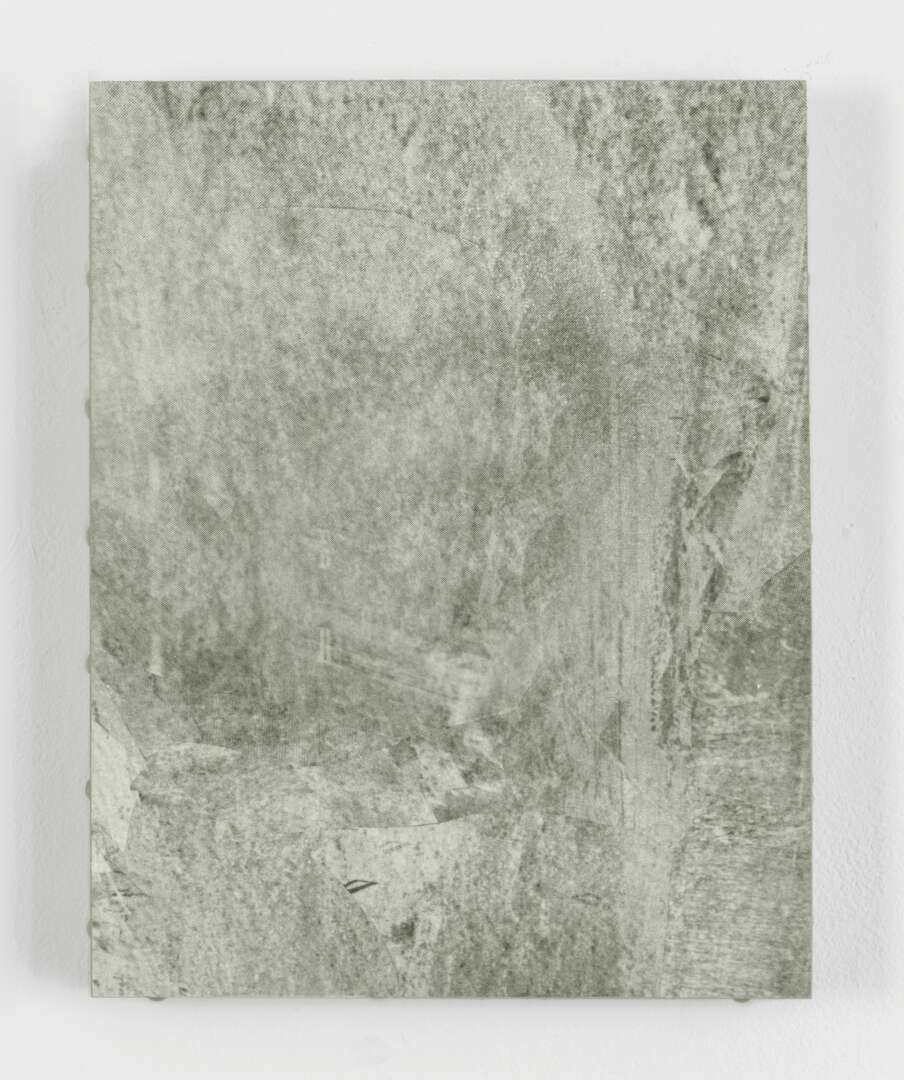
What’s the most rewarding aspect of being a creative in your experience?
Being an artist is a very social activity. I lean on my community a lot. My peers and mentors are definitely big motivators for me. As I grow as an artist, I find people who particularly understand my work and ideas, and it’s always special finding somebody who really just gets what you’re thinking about. Those connections are really meaningful, and I try to keep in good touch with them. Now, more than ever, we have the tools to stay connected to each other, and to reach out to other artists. In my experience, the most significant moments are ones that are shared. Being in a show with somebody kind of feels like you’ve started a band together. It’s great.
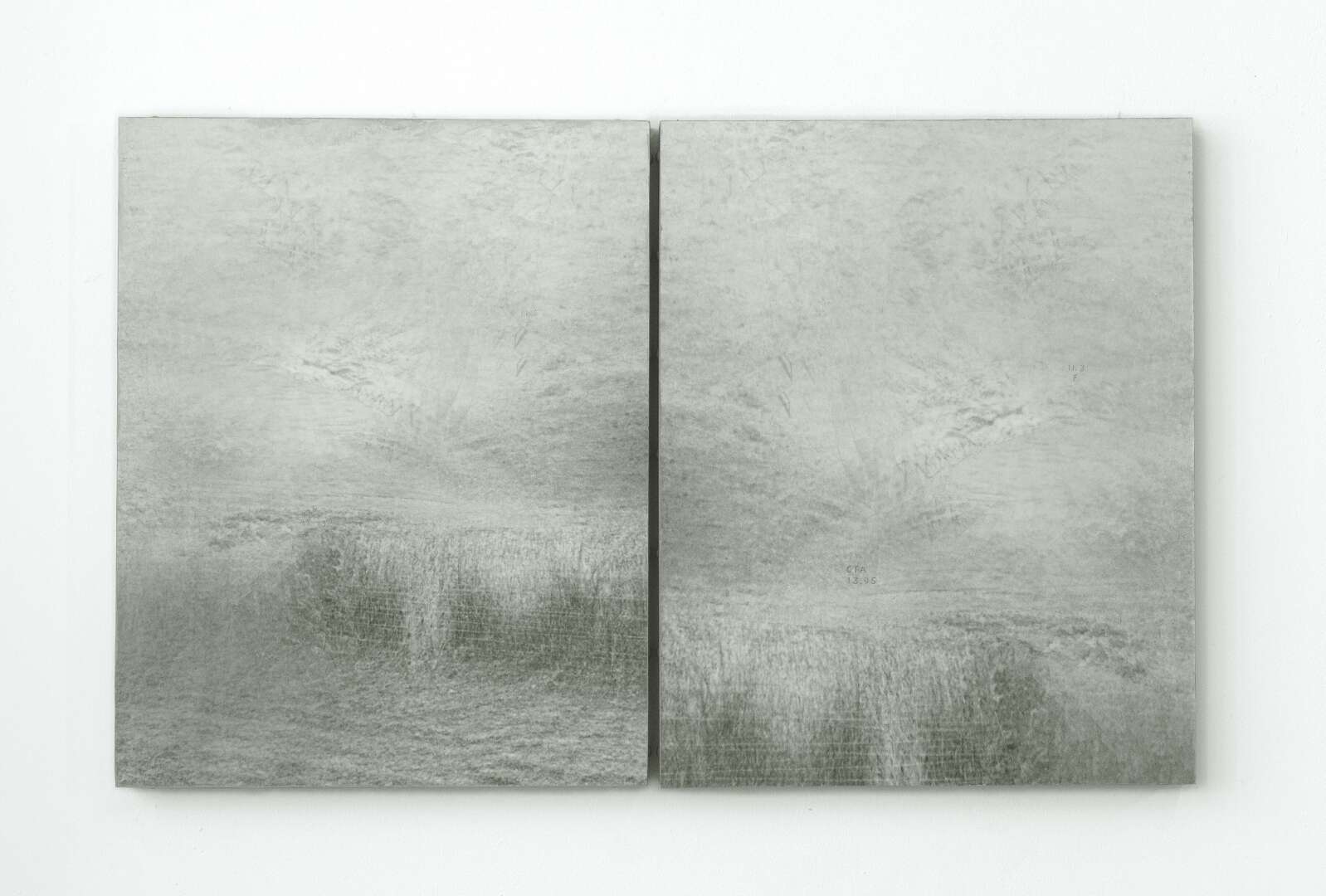
Learning and unlearning are both critical parts of growth – can you share a story of a time when you had to unlearn a lesson?
When I was making my most recent body of work, I ran into a frustrating point pretty early on. I had a lot of aspects of the pieces planned out, but still wasn’t satisfied with the results. The work I make is pretty abstract, and abstraction can involve a lot of improvisation. Improvisation gives you a lot of freedom, but it doesn’t guarantee results. I was struggling to reach a balance between the freedom I wanted and the results I was getting. I was making digital scans of handmade collages, but the final images would come out too blurry or too representational, sometimes with colors that didn’t look cohesive. I wanted to find a way to refocus the work. Improvisation may be very open, but there are also rules. When a jazz musician plays a solo, they’re creating melodies based on standardized scales. They rely on certain structures. I found that for this body of work, in a similar way, I needed to create more structure for myself. I set myself more “rules” for this project, deciding to focus on making work from a singular scanned collage, and to limit the range of sizes. There was still a lot of freedom and chance in the work, which wasn’t diminished. This change helped me out from that stage of imbalance. Rules and abstraction can seem like they oppose each other, but that’s not always the case. Early on I was told that abstract art is about disregarding rules and convention, but I don’t think that’s the case. For me it’s more about creating your own structure.
Contact Info:
- Website: https://imogenaukland.com
- Instagram: @imogenaukland
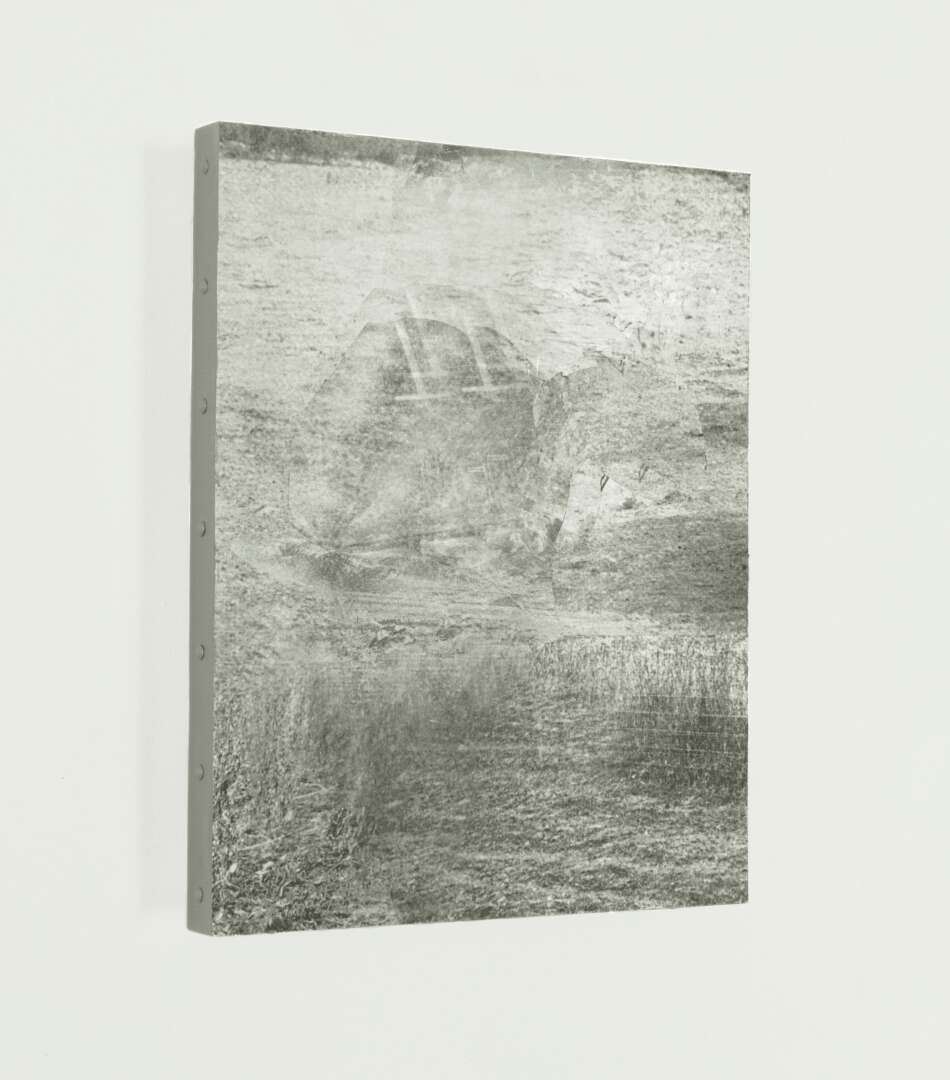
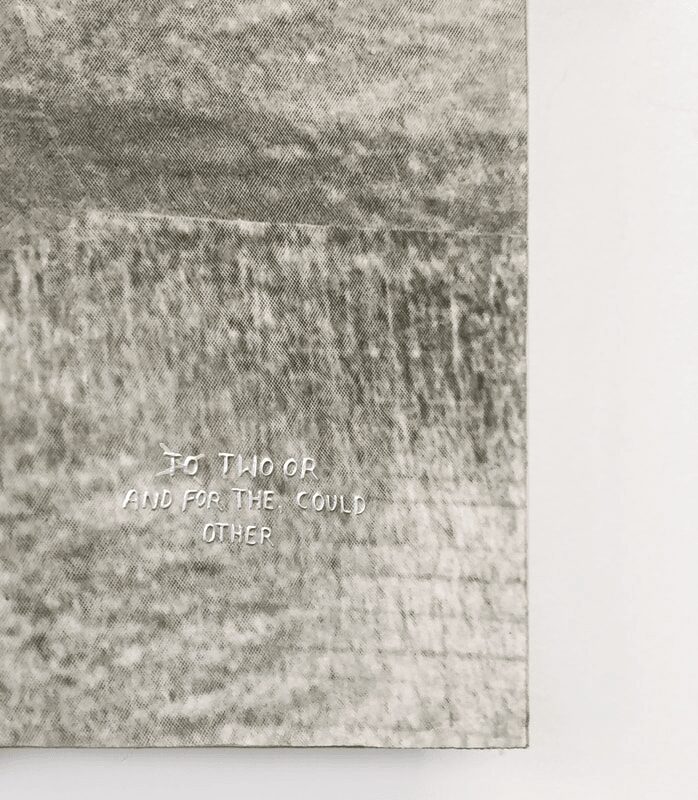
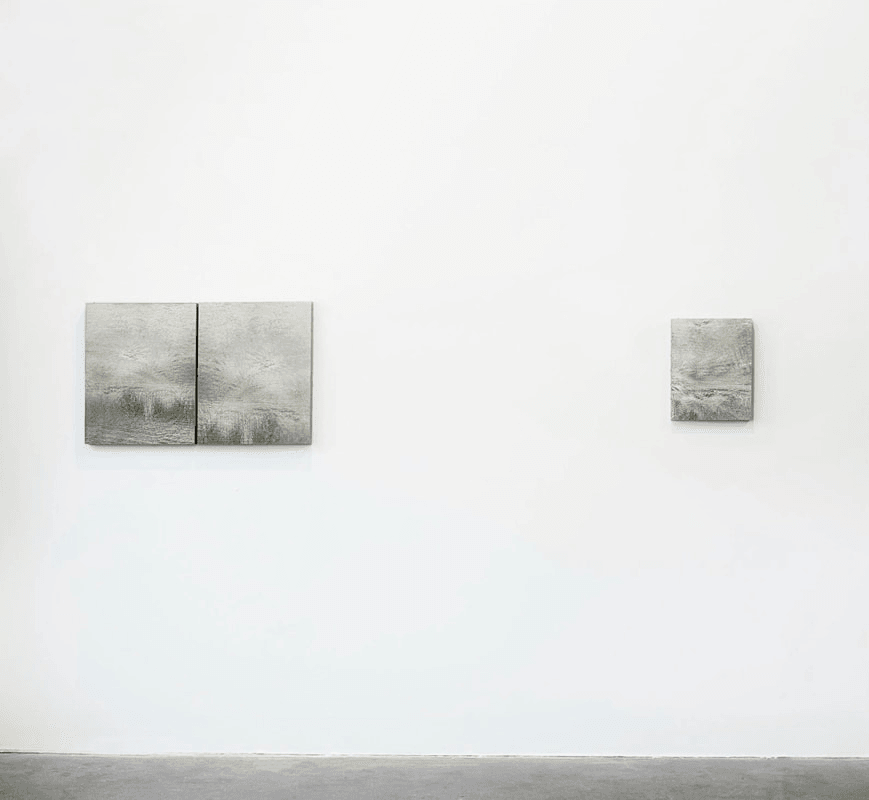
Image Credits
All photo credit to Federico Savini


